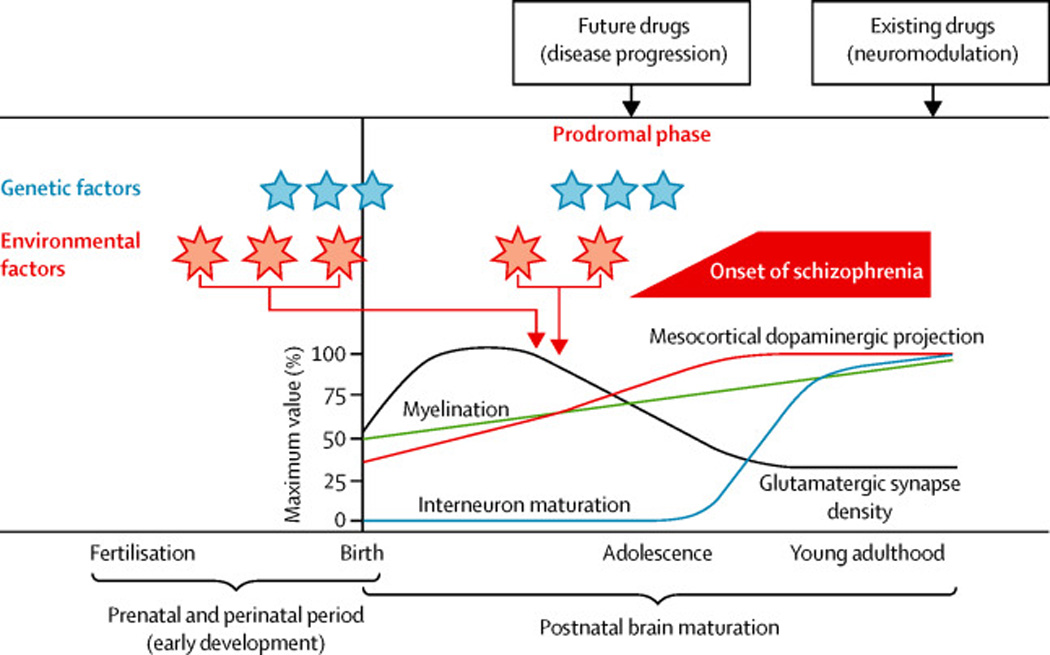Figure 2. Representative molecular pathway for schizophrenia: fine tuning of the glutamate synapse.

Recent advances in human genetics, from both GWAS and large-scale sequencing, have further supported the significance of fine-tuning of glutamatergic neurotransmission in the pathology of schizophrenia. The genes underscored by these studies include those encoding the glutamate receptor, ionotropic, N-methyl D-aspartate 2A (GRIN2A); glutamate receptor ionotropic, AMPA 1 (GRIA1); serine racemase (SRR); calcium channel, voltage-dependent (VDCC), L type, alpha 1C subunit; the ARC complex, and a number of proteins located in, or associated with, the postsynaptic density of glutamatergic synapses. The N-methyl D-aspartate (NMDA)-type glutamate receptors are fine tuned by a co-agonist D-serine, which is synthesized by SRR. The GRIN2A subunit (in dark green) dimerizes with other type of subunit, forming the NMDA receptors, whereas the GRIA1 subunit (in brown) also forms heterodimers for the AMPA receptors. VDCCs (e.g., the protein encoded by the CACNA1C gene) are also likely to be involved in tuning neural excitability and synaptic transmission via intracellular calcium signaling. Proteins associated with postsynaptic scaffold include PSD95, Stargazin, several kinases, Rho/Cdc42/Rac small G-proteins, and ARC complex. In response to activation of glutamate receptors, these proteins convey intracellular signaling that underlies cytoskeletal regulation and receptor trafficking crucial for synaptic plasticity.
